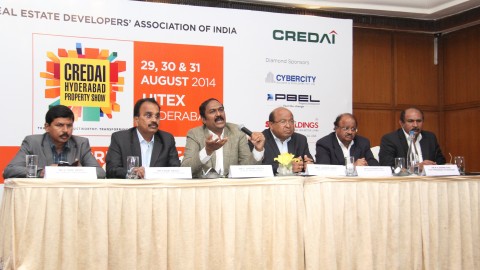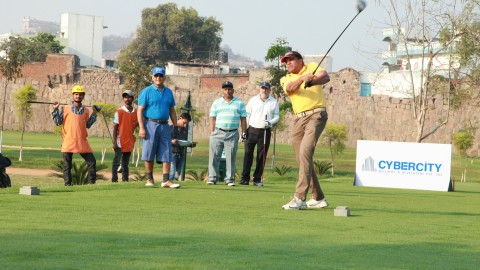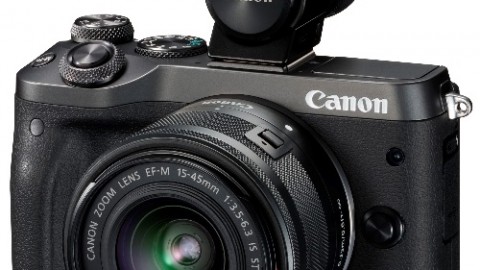First Indian Survey on use of Bilateral Internal Mammary Artery Grafting during coronary bypass conducted by City based Cardiac Surgeon Dr. Lokeswara Rao Sajja of Star Hospitals
Currently the standard technique for coronary artery bypass grafting surgery is using one (Left) internal mammary artery (artery of the chest wall, LIMA) and leg vein grafts. Recent studies show, however, that the use of both Right and Left Internal Mammary Arteries (RIMA & LIMA) during coronary artery bypass surgery increases the longevity of heart patients.
Use of both mammary arteries during coronary bypass surgery is at present in only 4 -5 per cent of the patients all over the world. This is due to technical difficulty, longer operative time and a slightly higher chance of getting sternal wound infection.
City based Cardiac Surgeon Dr. Lokeswara Rao Sajja, Consultant Cardiac Surgeon, Star Hospitals, and Chairperson, Sajja Heart Foundation, ospitals.,Hoconducted the First Indian Survey on Bilateral Internal Mammary Artery Grafting to determine the current use of BIMA grafting among cardiac surgeons in India and to identify the main concerns that limit the use of BIMA.
The goal of the Survey was to bring BIMA grafting to the mainstream and make BITA grafting a quality metric for CABG in younger patients.
Major observations made during the National Survey was that Bilateral Internal Thoracic Artery Grafting during CABG is still low (5-10%) among Indian Cardiac Surgeons and incidence of sterna infection following BITA harvesting is less than 3%.
BITA is advantageous in younger patients and about 30% of patients undergoing CABG in India are under 59 years of age. In India, 41% of patients undergoing CABG are Diabetics. They, together with patients with mild LV dysfunction, will benefit from BITA.
Risk factors for BITA usage include smoking, people with Chronic Obstructive Pulmonary Disease (COPD), severely obese people with a BMI over 30, people with recent acute coronary syndrome or myocardial infarction, people with left ventricular ejection fraction of less than 30% and those with poor coronary anatomy.
Common concerns with BITA usage is the risk of deep sternal wound infection and increased operative time.
The results and recommendations of the survey and perceptual obstacles to the adoption of Bilateral Internal Thoracic Artery Grafting for Coronary Revascularization in India were presented and discussed during the American Association for Thoracic Surgery International Coronary Congress held in New York from 21st–23rd August, 2015, and attended by 325 Cardiac Surgeons from all over the World.
Tags: Bilateral Internal Mammary Artery Grafting Dr. Lokeswara Rao Sajja Sajja Heart Foundation








